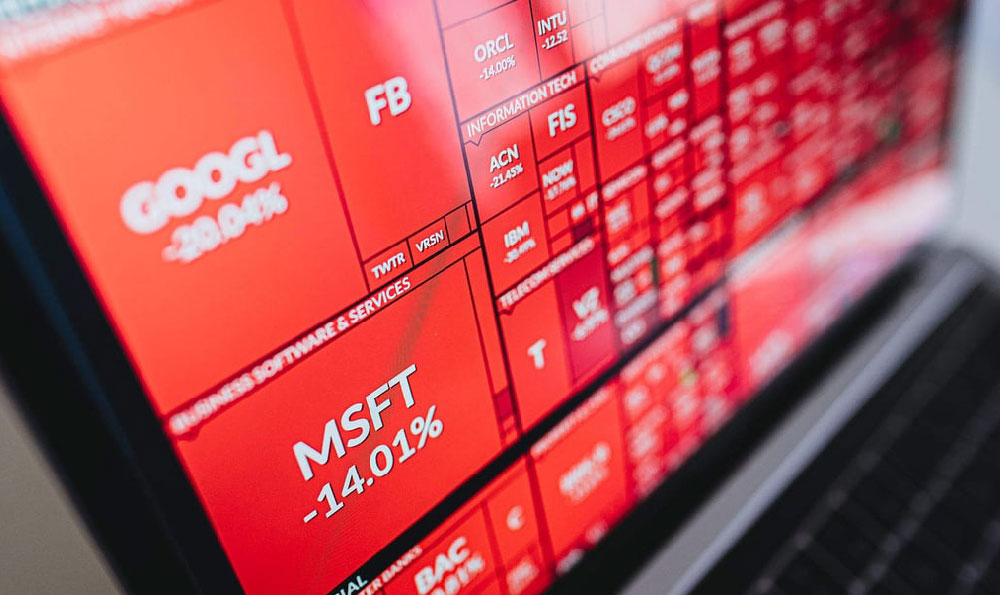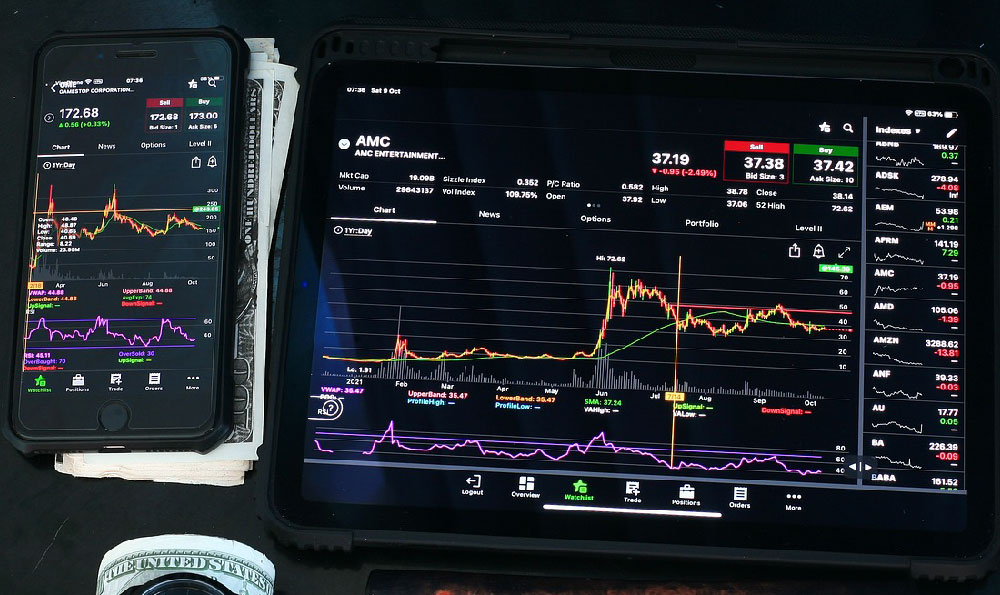Robinhood, the app-based brokerage, has democratized access to the stock market, allowing millions of users, especially younger investors, to participate with commission-free trading. This has sparked considerable debate: can you really make money on Robinhood, and if so, how? The answer, like most things in finance, is nuanced and dependent on individual circumstances, investment strategies, and a healthy dose of risk management.
The allure of Robinhood stems from its user-friendly interface and the elimination of commission fees. Traditional brokerages charged per-trade fees, which could eat into profits, particularly for small investors. Robinhood's no-fee structure allows investors to make frequent trades, explore different investment options, and build portfolios with smaller capital outlays. This accessibility is undeniably a positive development, opening up opportunities for individuals who might have previously been excluded from the market.
However, the accessibility and ease of use are a double-edged sword. The app's gamified interface, with its confetti animations and instant gratification, can encourage impulsive trading and speculative behavior. This can lead to poor investment decisions, especially for inexperienced investors who may be driven by hype or fear of missing out (FOMO) rather than sound financial analysis. The very design of the platform can incentivize frequent trading, which research has shown is often detrimental to long-term investment performance. Studies consistently show that individual investors, on average, underperform the market due to emotional decision-making and frequent trading.

So, how can you actually make money on Robinhood? The key lies in approaching the platform as a serious investment tool, not a game. Successful investing on Robinhood, or any platform, requires a well-defined investment strategy, a thorough understanding of risk management, and a long-term perspective.
Firstly, you need to understand your risk tolerance. Are you comfortable with significant fluctuations in your portfolio value, or do you prefer a more conservative approach? Your risk tolerance will dictate the types of assets you should invest in. Generally, younger investors with a longer time horizon can afford to take on more risk, potentially allocating a larger portion of their portfolio to stocks. Older investors nearing retirement may prefer a more conservative allocation with a higher proportion of bonds and other less volatile assets.
Secondly, diversification is crucial. Don't put all your eggs in one basket. Spreading your investments across different asset classes, industries, and geographic regions can help mitigate risk. This means investing in a mix of stocks, bonds, mutual funds, and exchange-traded funds (ETFs). Robinhood offers access to a wide range of these assets, allowing you to build a diversified portfolio. Index funds, especially low-cost ETFs that track broad market indices like the S&P 500, are a good starting point for many investors. They offer instant diversification and tend to have lower fees than actively managed funds.
Thirdly, research is paramount. Before investing in any stock or fund, take the time to understand the company, its financials, and the industry it operates in. Read company reports, analyze financial statements, and follow industry news. Don't rely solely on social media hype or recommendations from friends. Use reputable sources of financial information, such as Morningstar, Bloomberg, or Reuters. Understanding the fundamentals of a company will help you make informed investment decisions and avoid chasing speculative bubbles.
Fourthly, consider a buy-and-hold strategy. Trying to time the market is notoriously difficult, even for professional investors. A long-term buy-and-hold strategy, where you invest in quality assets and hold them for the long term, is often a more effective approach. This allows you to ride out market volatility and benefit from the long-term growth potential of the stock market. Regularly rebalance your portfolio to maintain your desired asset allocation.
Fifthly, be wary of options trading and margin. Robinhood allows users to trade options and use margin (borrowed money). While these can potentially amplify returns, they also significantly increase risk. Options trading is complex and requires a thorough understanding of derivatives. Margin can magnify both gains and losses, and you could end up owing more money than you initially invested. These strategies are generally best left to experienced investors with a high risk tolerance.
Finally, invest regularly and consistently. Dollar-cost averaging, where you invest a fixed amount of money at regular intervals, can help you avoid the pitfalls of market timing and smooth out your returns over time. This strategy also helps you to develop a disciplined investment habit.
Ultimately, whether you can make money on Robinhood depends on your approach. While the platform provides access to the market and eliminates commission fees, it's essential to approach investing with a well-defined strategy, a long-term perspective, and a commitment to ongoing learning. If you treat Robinhood as a serious investment tool and follow sound financial principles, you have a much better chance of achieving your financial goals. Remember that investing always involves risk, and there are no guarantees of success. Due diligence, patience, and discipline are key to navigating the market and building long-term wealth.











